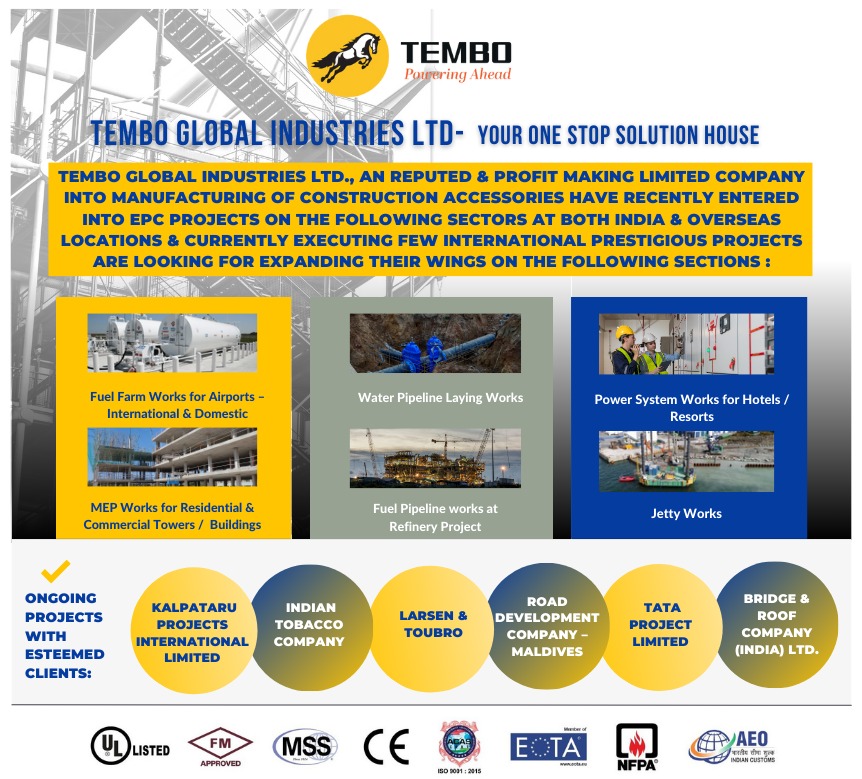
Manufacturing companies use different product costing methods depending on their production process. Job costing, also known as job order costing, and process costing are cost accounting systems designed to help businesses keep track of all the costs they have to pay to produce a product or deliver a service. In summary, match the costing method to the manufacturing environment – specialized production runs take job order costing, while process costing fits continuous mass production. Evaluate volume and customization level for batch production scenarios. Direct costs, on the other hand, can easily be traced to specific products or services. If you manufacture face masks, you can calculate the amount of each fabric (raw materials) you use in each mask for direct materials and the direct labor costs it takes to run the machines.
PRODUCT
The department’s costs would be allocated based on the number of cases processed. For example, assume a not-for-profit pet adoption organization has an annual budget of \(\$180,000\) and typically matches 900 shelter animals with new owners each year. With processing, it is difficult to establish how much of each material, and exactly how much time is in each unit of finished product.
Difference Between Job Costing and Process Costing
- With meals to go, customers can choose from an array of options and can indicate the quantity of each item and the time of pickup.
- Job order systems are custom orders because the cost of the direct material and direct labor are traced directly to the job being produced.
- In addition to specific price and cost, these are other important considerations.
- Costs are likely to be accumulated at the department level, and no lower within the organization.
You will also learn how to record these job costs and where they appear on financial statements. Since a typical tax return can vary significantly from one taxpayer to the next, H&R Block provides a service that they customize for each customer. Its cost data are collected via a job order cost system, which is designed to allow for individualized products or services. Job order costing, process costing, and activity-based costing are three common product costing methods used in manufacturing. Each method has its own strengths and applications depending on the production environment. Costs of materials, salaries, equipment usage are collected and divided by the total output of each chemical produced.
The difference between job costing and process costing

For example, a mechanic would calculate their estimate by determining labor costs, equipment use, parts needed, and anything else needed to complete the job. Additionally, they would need to calculate their profit margin to ensure their garage is earning enough a board member’s guide to nonprofit overhead money to sustain their operations. Texas Monthly reports that Sandy found a way to write unapproved checks in the accounting system. He implemented his accounting system and created checks that were “signed” by the owner of the company, Bob McNutt.
Finance Strategists has an advertising relationship with some of the companies included on this website. We may earn a commission when you click on a link or make a purchase through the links on our site. All of our content is based on objective analysis, and the opinions are our own. In the end, the choice of which to use is one which should be made based not on industry or on what your competitors/colleagues are doing, but on the unique requirements of your business. They’ll tally the estimates for each factor to get the exact cost for the whole project. Discover the top 5 best practices for successful accounting talent offshoring.
For example, Pet Smart manufactures Great Choice squeaker balls in large batches and collects cost data through a process costing system. A process costing system is often used to trace and determine production costs when similar products or services are provided. The concept and mechanics of a process costing system are addressed in Process Costing. Often, process costing makes sense if the individual costs or values of each unit are not significant.
By tracing resource usage per job, it manages cost variability effectively across diverse and changing outputs. This granularity is less crucial in high-volume process manufacturing focused on minimizing average costs. Robust cost accounting enables manufacturers to accurately assess profitability across products, customers, and other dimensions.
We’re a headhunter agency that connects US businesses with elite LATAM professionals who integrate seamlessly as remote team members — aligned to US time zones, cutting overhead by 70%. If a worker incurs 3 hours of time working on batch number 112, the gross wages have to be reclassified from labor control to work-in-process. Accountants use control accounts to track the cost to go into the manufacturing process. Look at the expense categories and note each overhead cost and the amount spent before.







